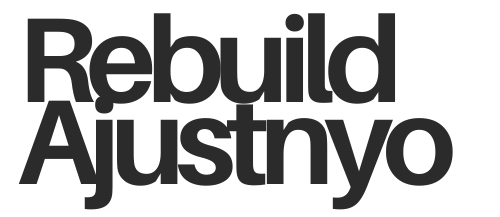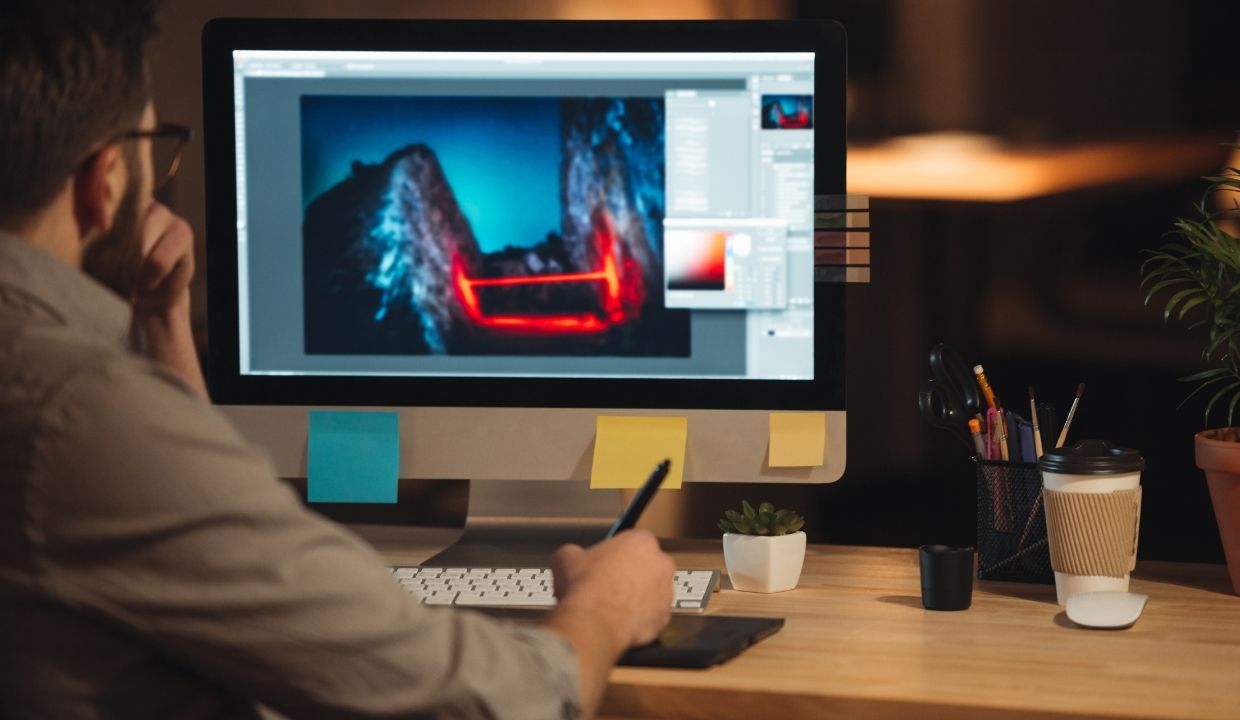In today’s digital age, businesses and individuals alike seek to establish a compelling online presence. Graphic design and web design play pivotal roles in creating eye-catching visuals and functional websites that leave a lasting impression on visitors. Both fields require specific skills and expertise, but they differ in various aspects, including cost and time investment. In this article, we’ll delve into the key differences between graphic design and web design projects, exploring the resources they demand and the factors that influence their timelines and costs.
What is Graphic Design?
Graphic design is the art of visual communication through the use of typography, images, colors, and other elements. It encompasses a wide range of creative endeavors, such as logo design, brochure design, poster design, and more. Graphic designers aim to convey messages and evoke emotions by crafting visually appealing materials.
Understanding Web Design
Web design, on the other hand, focuses on creating websites that are both aesthetically pleasing and functional. Web designers collaborate with developers to design layouts, user interfaces, and interactive elements to ensure a seamless user experience.
The Distinctions between Graphic Design and Web Design
1. Focus and Purpose
- Graphic design is primarily concerned with static visuals, whereas web design involves crafting designs for interactive and dynamic online experiences.
2. Medium and Deliverables
- Graphic design deliverables usually include printable files or digital images, while web design deliverables comprise fully functional websites and their assets.
3. Interactivity and User Experience
- Web design requires careful consideration of user interactions and user experience, while graphic design focuses more on visual appeal and brand identity.
4. Design Process and Iterations
- Graphic design projects may involve fewer iterations as changes are relatively easier to make, while web design projects often require multiple iterations due to technical complexities.
5. Skill Sets Required
- Graphic designers must excel in illustration, layout design, and visual aesthetics, whereas web designers need expertise in HTML, CSS, and other programming languages.
Factors Affecting Time Investment in Graphic Design Projects
Complexity of the Project
Highly intricate and detailed graphic design projects can take longer to complete than simple ones.
Client Feedback and Revisions
The number of revisions requested by the client during the design process can impact the project’s timeline.
Project Management
Efficient project management ensures timely delivery, while disorganization may lead to delays.
Factors Affecting Cost in Graphic Design Projects
When undertaking graphic design projects, several factors come into play, influencing the overall cost of the endeavor. As clients seek to create impactful visual materials for their businesses, understanding these cost-affecting factors becomes essential. Let’s explore the key elements that contribute to the expenses involved in graphic design projects through the following table:
|
Factor |
Description |
Impact on Cost |
|
Project Scope |
The scale and complexity of the project, including the number of assets required. |
Larger projects with multiple design deliverables may demand more resources, resulting in higher costs. |
|
Expertise and Experience |
The skill level and experience of the graphic designer. |
Highly experienced designers may charge premium rates for their expertise, which could influence the overall project cost. |
|
Licensing and Royalties |
The use of licensed images, fonts, or other resources in the design. |
Purchasing licenses for premium resources may add to the project’s expenses and should be factored into the total cost. |
- Project Scope: One of the primary factors influencing the cost of graphic design projects is the project’s scope. The scale and complexity of the project, along with the number of design deliverables required, play a crucial role in determining the resources and time needed. Larger projects, such as complete brand identity design or comprehensive marketing campaigns, usually involve multiple assets, leading to higher costs.
- Expertise and Experience: The skill level and experience of the graphic designer involved in the project can significantly impact the cost. Highly experienced and renowned designers may charge premium rates for their services. While their expertise ensures top-quality design work, it also adds to the overall project expenses. On the other hand, less experienced designers may offer more budget-friendly options, but the quality of the final deliverables might not match that of seasoned professionals.
- Licensing and Royalties: The use of licensed images, fonts, or other design resources is a common practice in graphic design projects. However, acquiring licenses for premium resources comes with additional costs that need to be considered. Additionally, some designers may charge royalties if specific design elements require ongoing usage, which can also contribute to the overall expenses.
By taking these factors into account, both clients and designers can better plan and budget for their graphic design projects. Clear communication and understanding of project requirements are key to ensuring a successful collaboration and achieving visually stunning results within the specified budget.
In conclusion, the cost of graphic design projects is influenced by various factors, including project scope, the expertise of the designer, and the use of licensed resources. Being aware of these factors helps in making informed decisions and ensures the delivery of captivating visual materials that effectively communicate the client’s brand and message.
Factors Affecting Time Investment in Web Design Projects
Web design projects involve creating interactive and user-friendly websites that require careful planning and execution. Several factors play a crucial role in determining the time investment needed to complete a web design project. Below is a list of key elements that significantly influence the project timeline:
Factors Affecting Time Investment in Web Design Projects:
- Design Complexity and Functionality: The complexity of the website’s design and the desired functionality are primary drivers of the project’s time investment. Websites with intricate layouts, custom animations, and advanced interactive features typically take longer to develop compared to simpler designs.
- Content Management System (CMS): The choice and implementation of a Content Management System (CMS) can impact the development time. Using well-established CMS platforms like WordPress can expedite the process, while custom CMS solutions may require more time to integrate and optimize.
- Cross-Browser Compatibility: Ensuring that the website functions flawlessly across different web browsers and devices is vital. Extensive testing and adjustments may be necessary to achieve optimal cross-browser compatibility, which can extend the project’s duration.
- Testing and Debugging: Rigorous testing and debugging are essential to identify and rectify any issues before the website goes live. This meticulous process ensures a smooth user experience and may contribute to the overall time investment.
- Client Involvement and Feedback: The active involvement of the client throughout the design process can influence the project timeline. Prompt feedback and approval at various stages of development are essential to avoid delays.
- Project Management: Efficient project management is crucial in streamlining the design process. Proper planning, organization, and coordination among team members can help meet deadlines and keep the project on track.
- Scope Changes and Iterations: As web design projects progress, clients may request changes or iterations to achieve their desired outcomes. While revisions are essential to meeting client expectations, they can also impact the project timeline.
- Customization and Integration: Integrating third-party tools and customizing certain features can add complexity to the development process. Depending on the extent of customization required, the project timeline may be affected.
- Client Resources Availability: The availability of client-provided resources, such as content, images, and branding assets, can influence the project timeline. Delays in receiving essential materials can slow down the design process.
- Team Size and Expertise: The size of the design team and their expertise play a role in determining the project timeline. Larger teams with diverse skill sets may handle different aspects simultaneously, potentially speeding up the process.
Understanding these time-affecting factors is essential for both web designers and clients. By considering these elements during the planning stage, potential delays can be minimized, and the web design project can be executed efficiently and successfully. Effective communication and collaboration between the client and the design team are crucial for delivering a high-quality website within the agreed-upon timeframe.
Balancing Time and Cost in Design Projects
Finding the right balance between time and cost is crucial for successful project delivery. Proper planning and clear communication with the design team can optimize both aspects.
Real-Life Case Studies: Graphic Design vs. Web Design
Case Study 1: Rebranding a Company’s Identity
In this case study, we explore the time and cost implications of rebranding a company’s visual identity through graphic design.
Case Study 2: Creating an E-Commerce Website
Discover how web design influences the cost and time investment of building an e-commerce website.
Case Study 3: Designing a Mobile App Interface
This case study highlights the unique challenges and considerations of designing a mobile app interface.
Choosing the Right Design Approach for Your Needs
Consider your project’s objectives, timeline, and budget to make an informed decision on whether to opt for graphic design or web design services.
In conclusion,
graphic design and web design projects differ significantly in terms of focus, deliverables, and time investment. While graphic design emphasizes visual aesthetics, web design focuses on user experience and interactivity. The complexity of the project, client feedback, and the designer’s expertise all influence the time and cost involved. By understanding these distinctions, you can make informed choices and ensure the successful execution of your design projects.

